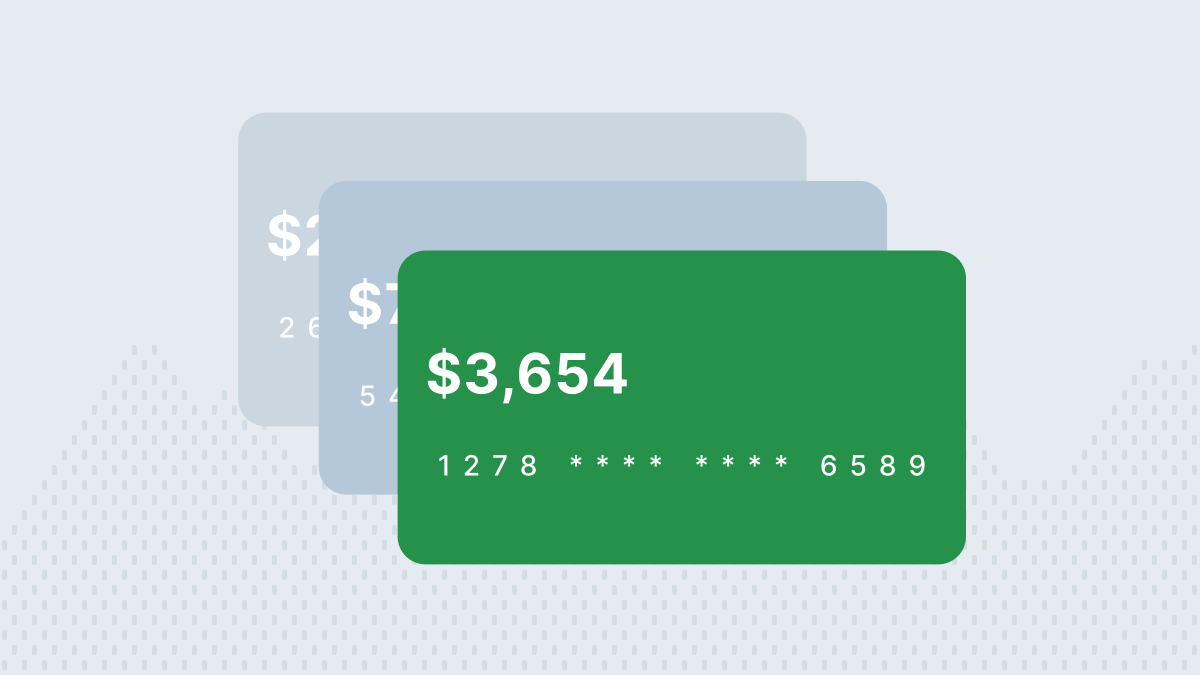For instance, when you take out a loan, you pay interest to the financial institution, and the IOF to the government. This is an important distinction, as the IOF may significantly increase the transaction’s final cost in many cases.
When is the IOF paid?

The IOF is levied on a wide group of financial transactions, encompassing credit operations, foreign exchange, insurance, and investment withdrawal. When IOF is paid is determined by the transaction type. In loans, for example, the tax is paid when the loan amount is credited to the borrower. In foreign exchange transactions, it is paid when foreign currency is bought or sold.
Here are the more common examples of IOF applicability:
Loans and financing, including personal and payroll-deducted loans;
International credit/debit card transactions;
Buying and selling foreign currency;
Taking out insurance;
Withdrawing investments of certain types.
What is the IOF rate and how is it calculated?
The IOF rate varies among different types of financial transactions. Here is a breakdown of its computation in different contexts and its impact on transactions.
Credit transactions
The IOF applies to credit transa ctions at a fixed rate of 0.38% on the transaction’s total value. There is also an extra fee that depends on the length of the contract. This extra fee is 0.0082% per day for individuals, and 0.0041% per day for companies.
For example, if you took out BRL 12 000.00 on a 10-month loan, the calculation would be as follows:
Fixed IOF: 0.38% * BRL 12 000.00 = BRL 45.60
Daily IOF for individuals: 0.0082% * BRL 12 000.00 * 300 days = BRL 295.20
Total IOF: BRL 45.60 + BRL 295.20 = BRL 340.80
In the above example, the loan would include a total of BRL 340.80 in IOF tax.
International credit/debit card transactions
The IOF rate for international transactions made by credit or debit card is 4.38%. That means if you buy BRL 1000.00 in foreign currency, you will be charged an additional BRL 43.80 in IOF tax.
It is important to note that the 4.38% IOF rate applies even if you acquire a prepaid card in foreign currency. This rate is applied uniformly to credit, debit, and prepaid cards. The rate is currently being cut every year. The aim is to eliminate it by 2028.
Foreign exchange transactions
Foreign exchange transactions are also subject to the IOF. The rate varies depending on the transaction type. When buying foreign currency in cash, the applicable rate is 1.1%, considering its recent increase.
As mentioned above, the IOF rate for payment card transactions is 4.38%. This varying tax rate makes financial planning very important in international travel, as the IOF can significantly affect the cost of the trip, depending on how the money is obtained or used abroad.
Insurance
IOF is levied on insurance transactions. The applicable rate is also different for specific insurance types.
For property insurance, the rate is 7.38%.
For life insurance, the rate is 0.38%.
For health insurance, the rate is 2.38%.
There is no IOF levied on home loan insurance, which is an exempt transaction.
It’s important to remember that these are the current figures. They may be subject to change in accordance with the VAT tax proposal included in the ongoing Brazilian tax reforms.
Investment withdrawal
The IOF may also be levied on investment withdrawals, especially when they happen less than 30 days after the investment is made. In that event, the IOF is levied on the earnings at a rate of 96% on the first day, gradually decreasing to 0% by the end of the 30-day period. The values for each day are shown in the table below:
Days | Rate | Days | Rate | Days | Rate |
1 | 96% | 11 | 63% | 21 | 30% |
2 | 93% | 12 | 60% | 22 | 26% |
3 | 90% | 13 | 56% | 23 | 23% |
4 | 86% | 14 | 53% | 24 | 20% |
5 | 83% | 15 | 50% | 25 | 16% |
6 | 80% | 16 | 46% | 26 | 13% |
7 | 76% | 17 | 43% | 27 | 10% |
8 | 73% | 18 | 40% | 28 | 6% |
9 | 70% | 19 | 36% | 29 | 3% |
10 | 66% | 20 | 33% | 30 | 0% |
The applicable rate diminishes gradually with time (in Brazil, this is known as “tabela regressiva”). The aim is to discourage early withdrawal of short-term investments. For example, if you withdraw the investment after 15 days, you will pay a 50% IOF rate on the earnings up to that date.

There are ways to invest without paying IOF tax. Investments such as equity funds, certain alternative assets, and cryptocurrency are exempt from the IOF. So it is possible to invest in Brazil and avoid getting involved with the tabela regressiva.





